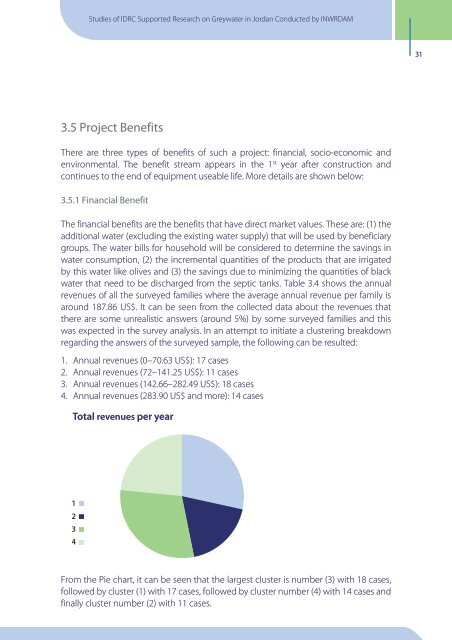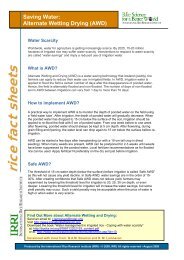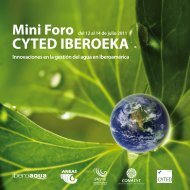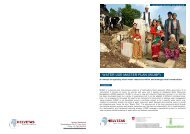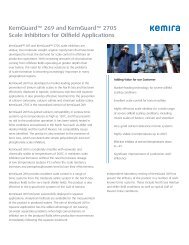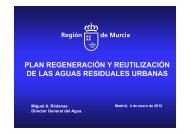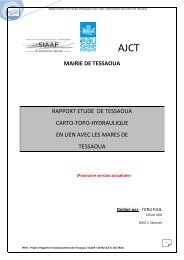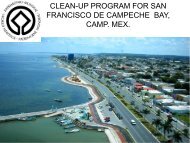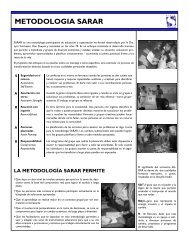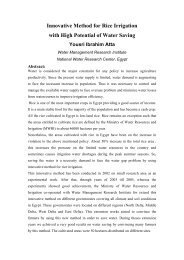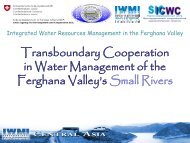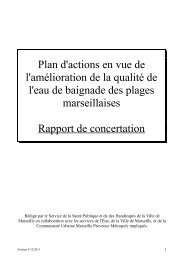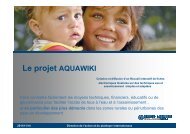Studies of IDRC Supported Research on Greywater in ... - inwrdam
Studies of IDRC Supported Research on Greywater in ... - inwrdam
Studies of IDRC Supported Research on Greywater in ... - inwrdam
You also want an ePaper? Increase the reach of your titles
YUMPU automatically turns print PDFs into web optimized ePapers that Google loves.
31<br />
3.5 Project Benefits<br />
There are three types <str<strong>on</strong>g>of</str<strong>on</strong>g> benefits <str<strong>on</strong>g>of</str<strong>on</strong>g> such a project: f<strong>in</strong>ancial, socio-ec<strong>on</strong>omic and<br />
envir<strong>on</strong>mental. The benefit stream appears <strong>in</strong> the 1 st year after c<strong>on</strong>structi<strong>on</strong> and<br />
c<strong>on</strong>t<strong>in</strong>ues to the end <str<strong>on</strong>g>of</str<strong>on</strong>g> equipment useable life. More details are shown below:<br />
3.5.1 F<strong>in</strong>ancial Benefit<br />
The f<strong>in</strong>ancial benefits are the benefits that have direct market values. These are: (1) the<br />
additi<strong>on</strong>al water (exclud<strong>in</strong>g the exist<strong>in</strong>g water supply) that will be used by beneficiary<br />
groups. The water bills for household will be c<strong>on</strong>sidered to determ<strong>in</strong>e the sav<strong>in</strong>gs <strong>in</strong><br />
water c<strong>on</strong>sumpti<strong>on</strong>, (2) the <strong>in</strong>cremental quantities <str<strong>on</strong>g>of</str<strong>on</strong>g> the products that are irrigated<br />
by this water like olives and (3) the sav<strong>in</strong>gs due to m<strong>in</strong>imiz<strong>in</strong>g the quantities <str<strong>on</strong>g>of</str<strong>on</strong>g> black<br />
water that need to be discharged from the septic tanks. Table 3.4 shows the annual<br />
revenues <str<strong>on</strong>g>of</str<strong>on</strong>g> all the surveyed families where the average annual revenue per family is<br />
around 187.86 US$. It can be seen from the collected data about the revenues that<br />
there are some unrealistic answers (around 5%) by some surveyed families and this<br />
was expected <strong>in</strong> the survey analysis. In an attempt to <strong>in</strong>itiate a cluster<strong>in</strong>g breakdown<br />
regard<strong>in</strong>g the answers <str<strong>on</strong>g>of</str<strong>on</strong>g> the surveyed sample, the follow<strong>in</strong>g can be resulted:<br />
1. Annual revenues (0–70.63 US$): 17 cases<br />
2. Annual revenues (72–141.25 US$): 11 cases<br />
3. Annual revenues (142.66–282.49 US$): 18 cases<br />
4. Annual revenues (283.90 US$ and more): 14 cases<br />
<br />
<br />
<br />
<br />
<br />
From the Pie chart, it can be seen that the largest cluster is number (3) with 18 cases,<br />
followed by cluster (1) with 17 cases, followed by cluster number (4) with 14 cases and<br />
f<strong>in</strong>ally cluster number (2) with 11 cases.


